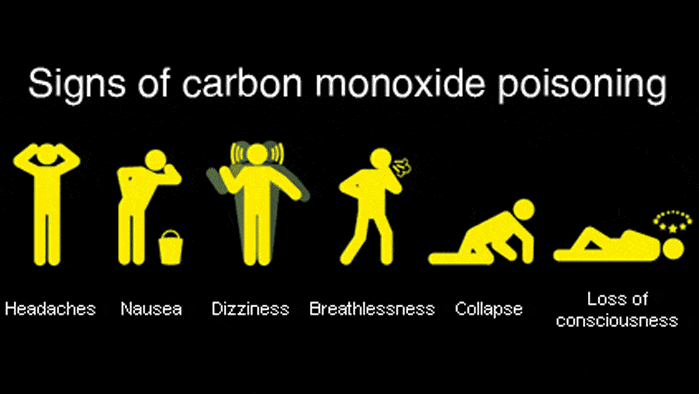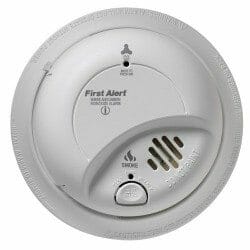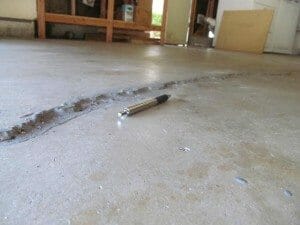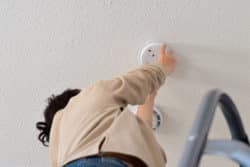10 Symptoms of Carbon Monoxide Poisoning
Home » Interior » Alarms: Smoke & CO »

Recognizing symptoms of CO Poisoning Before it’s Too Late
Recognizing the symptoms of carbon monoxide poisoning can save your life. For many people, the first sign may be a headache, yet most people don’t even think of the possibility of carbon monoxide poisoning until it’s too late.
One of the scariest things about CO poisoning is that it can creep up on a person before they realize there’s a problem; for they may become immobile or pass out without realizing what’s happening.
How serious is Carbon Monoxide poisoning?
Carbon monoxide is dangerous because it restricts the blood’s ability to carry oxygen to vital organs such as the heart and brain and may result in death or permanent health issues in some circumstances.
Every year, over 430 people die in the U.S. from accidental CO poisoning and approximately 50,000 people in the U.S. visit a hospital emergency room due to accidental CO poisoning. These numbers are from the CDC at the Department of Health and Human Services.
What the numbers don’t tell you is how many people have had long term exposure to low levels of CO poisoning or has permanent health issues or brain damage from CO poisoning.
The seriousness of CO exposure is based on 2 key factors:
Level of CO. How much CO you are exposed to. The levels or concentration of CO in the air is usually measured in “PPM” parts per million. The higher the PPM the higher the risk. At very high levels a person may pass out or die in a matter of minutes.
Length of exposure time. The second part of the equation when analyzing the risk, is the length of time a person is exposed. The longer the time that a person is exposed, the higher the risk. Even low levels of carbon monoxide can cause serious health issues when one is exposed for a lengthy time.
A good example of Level v. Time is Underwriters Laboratories guidelines for residential Carbon Monoxide alarms.
- If an Alarm is exposed to 400 ppm of CO for 4 to 15 minutes, it must go off.
- If an Alarm is exposed to 150 ppm of CO for 10 to 50 minutes, it must go off.
- If an Alarm is exposed to 70 ppm of CO, for 60 to 240 minutes, it must go off.
Note that the EPA guidelines include limitations of exposure in a period of a year, in example, 9 ppm is the maximum allowable concentration for an 8-hour period in any year. At times, this is a typical concentration after the operation of an unvented gas kitchen range
Symptoms of Carbon Monoxide Poisoning
Symptoms will vary from person to person and there are those who won’t even notice any symptoms.
Some people feel that the first symptoms they experienced was similar to that of getting the flu but without a temperature; others felt they were dizzy. Below is a list of common warning signs.
- Headache or dull headache
- Fatigue
- Shortness of breath
- Nausea
- Dizziness
- Skin may turn reddish
More severe symptoms include:
- Mental confusion
- Blurred vision
- Vomiting
- Loss of muscular coordination
- Loss of consciousness
Subtle signs
If you notice that when you go outside that you feel better than when your inside, then there is the possibility that you’re exposed to low levels of carbon monoxide in your home. Another example would be when you take your dog’s outside and they become more energetic or that they resist coming back into the house; and yes, I know this could be 98% of all dogs, especially mine.
Remember, if sleeping or intoxicated, your risk of CO poisoning rises
Carbon monoxide poisoning can be particularly dangerous for people who are sleeping or intoxicated because they are less aware of what is going on.
The most vulnerable – Seniors, children, unborn babies, people with heart disease and pets
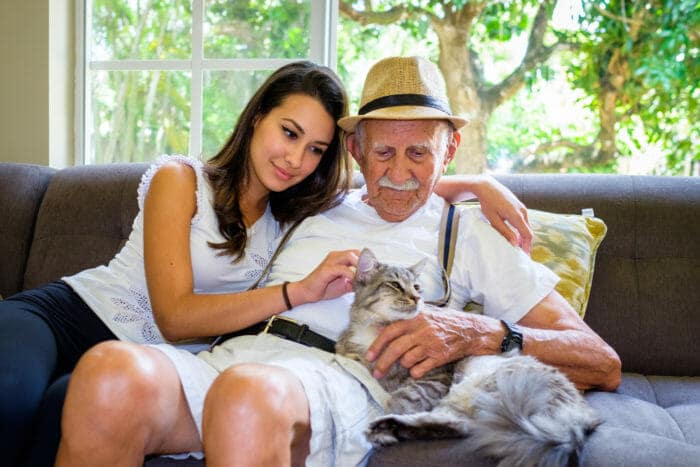
We are all vulnerable to carbon monoxide poisoning, especially babies, children and pets. People who spend more time at home are more vulnerable, than those who are out and about or working, thus those at home have more exposure to CO poisoning.
People in high-risk categories should be more conscious of carbon monoxide poison symptoms and also be proactive in the prevention of a CO problems in their home.
Exposure to carbon monoxide may be especially dangerous for:
- Children. Young children take more breaths per minute than adults do, which makes them more susceptible to carbon monoxide poisoning. The average respiratory rate in a healthy adult is approximately 12 to 18 breaths per minute. Preschooler (3-5 years old) will take approximately 22 to 34 breaths per minute and small infants (1 to 12 months old) will take about 30 to 60 breaths per minute.
- Unborn babies. Fetal blood cells absorb carbon monoxide more readily than adult blood cells do, therefore, they are more susceptible to harm from CO poisoning.
- Older adults. Seniors and elderly people who experience CO poisoning may be more likely to develop heart or brain damage.
- Adults with chronic heart disease. People with anemia, a deficiency of red blood cells or of hemoglobin in the blood; and those with breathing problems are more at risk from exposure to carbon monoxide than others.
- Pets. They are often at home all day and may have longer exposure times to CO if there is a problem. Even though a home has doors and windows, they’re useless unless someone is there to open them; plus, if an alarm did go off, they would probably be scared and helpless.

The warning signs of carbon monoxide poisoning can be subtle, and the symptoms may apply to a number of health issues. Regardless of this, carbon monoxide in a home is very serious and can be deadly; thus, everyone should know the symptoms.
Experts recommend that have properly installed carbon monoxide alarms and that you do a safety check of your home for potential carbon monoxide issue, basically being proactive in the preventing a CO illness or death. (Learn 5 hidden places to find CO problems )
